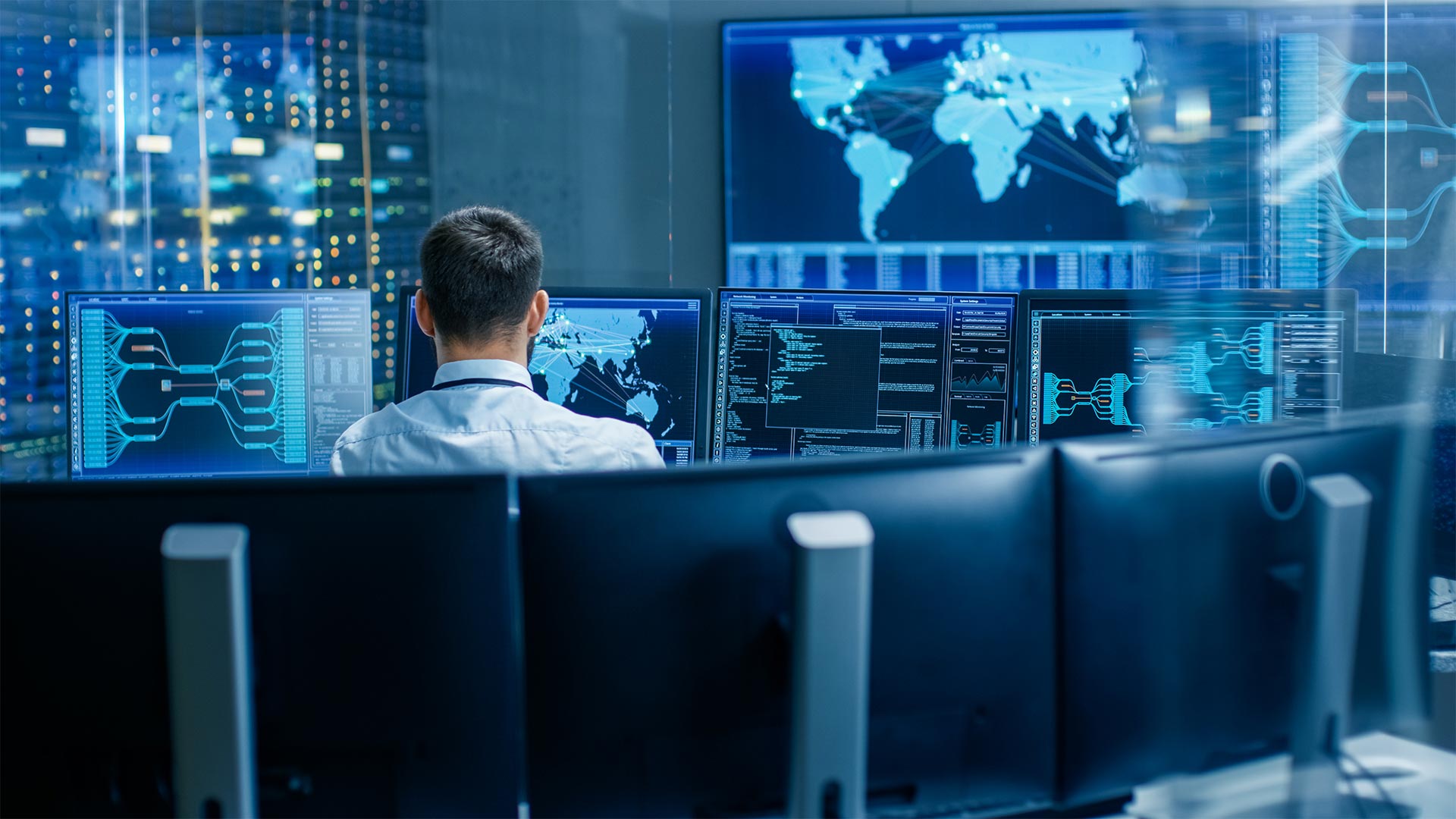At this year’s ICC Trade & Supply Chain Finance Conference, hosted by The London Institute of Banking and Finance, attendees were treated to an insight into the ‘21stCentury Vision for Trade’.

A key challenge in the trading world is the lack of standardisation of regulation and digital infrastructure. Distributed Ledger Technology (DLT) is reportedly making leaps and bounds towards making trade and supply chains easier to manage, but how can this be expanded further?
Foo Chi Hsia, High Commissioner of the Republic of Singapore in London, believes Singapore’s new interoperability framework, TradeTrust, is the next step. It is a creation borne out of co-operation between many international partners, from governments to organisations like the ICC, to industry and technology and solution providers, so what are its chances?
The problem, Ms Foo says, is that even when individual countries implement paperless trade, paper documentation is often created when crossing borders into another country. According to research conducted by Maersk and IBM, the cost of handling paper documentation alone can be as much as 20% of the cost of shifting some goods.
“They looked at a shipment of avocados and roses from Africa to Europe and that took more than 200 communications between around 30 parties. Just one shipment. And the shipment took 34 days from farm to retailers, but that 34 days had ten days of just waiting for documents to be processed,” Ms Foo reveals.
Solving the problems
“TradeTrust is a digital utility that comprises a set of globally-accepted standards and frameworks that connect governments and businesses to a public blockchain to enable trusted interoperability and exchanges of electronic trade documents across digital platforms,” Ms Foo explained. “It uses DLT to provide authenticity and provenance for these documents, addressing the inefficiencies of cross-border trade that are caused by a lot of manual handling and verification processes in the current trade documentation system.”
According to Ms Foo, TradeTrust consists of the following components:
- Legal harmonisation to ensure legal validity of the digital trade documents across various countries and jurisdictions.
- Standards development to promote the use of internationally accepted standards to facilitate the interoperability of digital documents exchanged across different solutions and ecosystems.
- An accreditation structure to provide a set of internationally accepted rules and policies to certify solutions to meet the requirements of the law.
- A digital utility which is a set of open source codes that can easily integrate backend solutions to the TradeTrust network.
The key focus at the moment – with TradeTrust still in its fledgling days – is allowing traditional trade documents, like Bills of Lading, to be digitised and exchanged in a trusted and non-centralised manner. A circle of trust network will be created for global trade partners, allowing for:
Demonstrating the potential efficiency of the system, Ms Foo offers the example of an impending shipment of millions of dollars of iron ore from Africa to China. End-to-end document transit time, in digital format, should, she says, be cut by more than half – from 45 days to 20 days.
Security in technology
Electronic Bills of Lading will be a real test of the DLT technology in cutting trade times and costs. It’s essential that these documents are secure. By using blockchain technology, repetitive checks at each border, and when the documents change hands between trade ecosystem parties, are eliminated. Blockchain works as a decentralised ledger, with multiple nodes connected to the network, recording status updates and state changes every time a new transaction takes place.
Tampering with the ledger is almost impossible. The existence of multiple identical copies of the ledgers across the network mean that any attempt at fraud would require all copies to be changed in the same way at precisely the same moment. For trade, where paper documentation is prolific, the chances of this happening are now made negligible.
The TradeTrust programme is convinced that blockchain is a nearly tamper-proof way of speeding up trade times and cutting costs, possibly by up to 20%. As a means of reducing paper, it is also better for the environment. So, why aren’t more systems using it? Possibly because it’s a new and under-explored territory, and not all organisations and countries fully trust in the system yet, especially with negative press still circling around Bitcoin and Facebook’s Libra currency, which both use it.
Programmes like TradeTrust, initiated by governments and other high-profile agencies could pave the way for a broader uptake, if it works. As Ms Foo said, “Watch this space. Hopefully in a year’s time we will be able to show you how TradeTrust is actually working.”